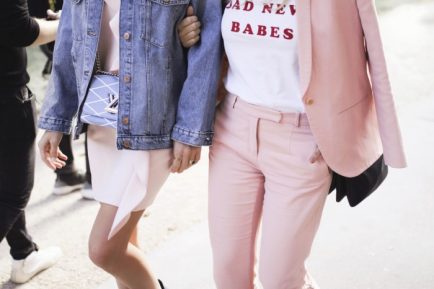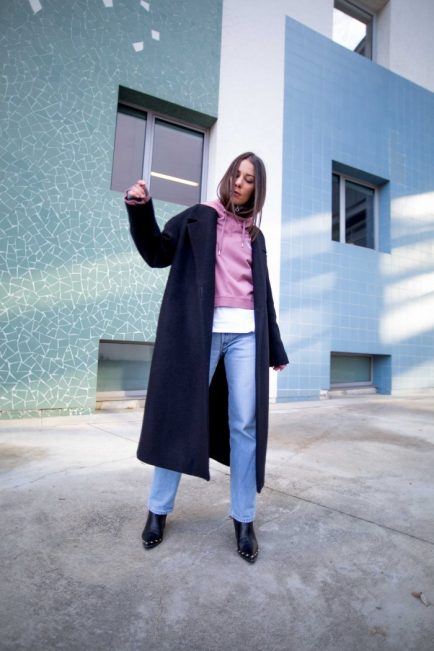Blue is the essence of nature. Since the beginning of time every shade of blue was appreciated in the water and sky. Its use in fashion and art was late contrasted to its abundance in nature. When you carefully observe the prehistoric cave paintings, you realize blue is the missing primary colour. This was the result of the inability humans had when extracting the blue pigment from natural elements like plants, coal, flowers and animals. “Early mankind had no access to blue, because blue is not what you call an earth colour” said Dr. Berke, a chemist who has studied the history of blue pigment. Rich amounts of water reflect a light blue shade, while in small concentrations it turns translucent. Finding a resource of blue pigment was a clear impossibility. According to Dr. Berke, until humans discovered mining they couldn’t extract this pigment.
Lapis Lazuli is the before and after of blue. This semiprecious stone gave humankind the opportunity to extract the pigment 6000 years ago in Afghanistan. But, just one resource would’ve never provide the excessive use of blue when creating clothes, dyeing fabrics and making such incredible art pieces. Egyptians discovered new shades of blue by doing chemical experiments. They melted and mixed limestone with sand and copper creating the compound calcium copper silicate, currently known as Egyptian blue (a richly saturated royal-turquoise).
In America, the Mayan blue was discovered and scientists state that it may have been the result of a mixture of indigo plant extract, a clay mineral called palygorskite, and copal.
The origin of blue can be discussed, but the fact is stated when it became the Catholic Church colour. In that exact moment they recognized it as the saints’ colour. Even nowadays, light blue and navy blue are associated with the Virgin Mary. We actually see her mantle as light blue, but in the beginning it was represented with a dark and expensive navy blue, in order to speak for the queen of heaven. Navy blue has also been used to create bankers and policemen uniforms, as a symbol of reliability and authority.
When integrating blue to fashion, its use was exclusively for the aristocracy. Women originally wore blue, as explained in the “boyfriend coat” column, until Queen Victoria demanded a radical change by making red and pink a “feminine colour”. She was the first that encouraged colour as a trend.
Blue has divided cultures throughout history, representing the evil and disgrace, while simultaneously expressing purity and divinity. It is a unifying colour that embraces authority uniforms, different gods of diverse religions, the symbol of denim within fashion, and forgets genders some time ago awarded to this pigment. It is no longer a colour that represents men or women because it binds those things that once were opposing to each other. Have a look at these amazing all blue outfits.
[portfolio_slideshow]OUR FAVORITE BLUE PIECES:
[show_shopthepost_widget id=”474942″]




Comments
2 Responses to “All Blue Outfits”
Blue is one of my favorite go-to colors! Especially for bags and shoes. Love your selects and the background on the color xo
Ali
Pretty in Python
xx
Blue is my ultimate favourite especially right now I feel like I am attracted to all things blue. Check out my post of blue, blue, blue…..
http://stylemecoco.co.uk/2015/03/blue-blue-blue/